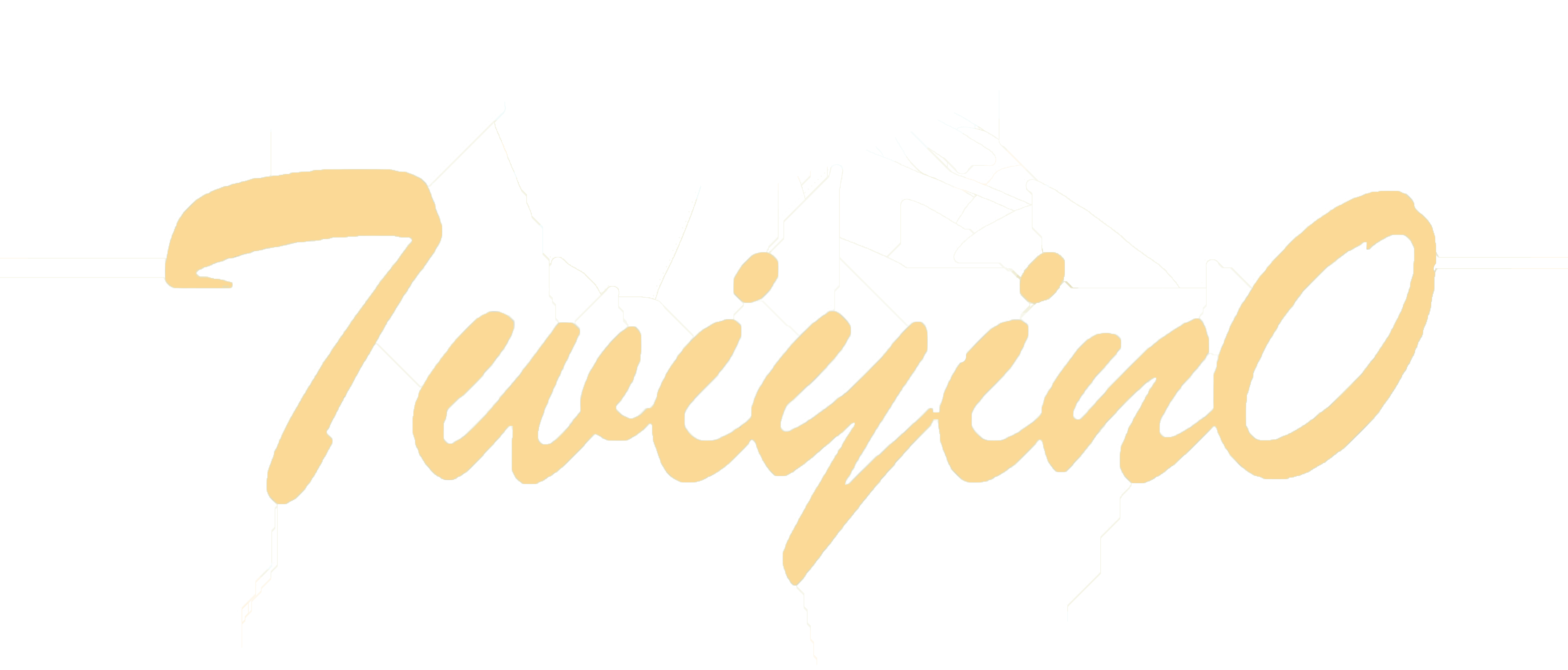# php+又拍云实现随机图api
思路就是读取又拍云内文件夹的所有文件文件名,然后从里面随机挑一张图片,选出来,返回给浏览器。
# 准备工作:
# 使用composer安装upyun php sdk
shell执行命令
composer require upyun/sdk
1
安装完成后会在目录内多出一个vendor文件夹
# 直接使用sdk包
- sdk包Github下载地址 (opens new window)
解压甚么的咱就不再说了吧。
# 开始敲代码
# 初始化
index.php
<?php
// 包含文件
require_once('vendor/autoload.php');
use Upyun\Upyun;
use Upyun\Config;
// 创建实例
$bucketConfig = new Config('您的服务名', '您的操作员名', '您的操作员密码');
$up = new Upyun($bucketConfig);
?>
1
2
3
4
5
6
7
8
9
10
11
2
3
4
5
6
7
8
9
10
11
注意
vendor文件夹同目录下新建一个index.php文件
# 读取文件夹
index.php
$path = '您的存储目录(如/img/)'
$files = $up->read($path);
$name = [];
foreach ($files['files'] as $file) {
$name[] = $file['name'];
}
1
2
3
4
5
6
2
3
4
5
6
将文件夹内所有文件名暂存在name数组
这里没有任何判断,自己写的时候注意加上图片格式判断
# 从文件中随机
index.php
$rdm = $name[array_rand($name)]; // 从name数组里随机
$imgurl = '加速域名(结尾不带/)'.$path.$rdm;
1
2
2
imgUrl就是组合访问的url,例:https://ab.yourdomain.com(加速域名)/img/(文件夹路径)awa.jpg(随机获得的文件名)
# url链接返回类型
index.php
$type=$_GET['type'] ?? '';
switch($type) {
//JSON返回
case 'json':
header('Content-type:text/json');
die(json_encode(['imgurl'=>$imgUrl]));
default:
header('Content-Type: image/png');
echo(file_get_contents($imgUrl));
}
1
2
3
4
5
6
7
8
9
10
2
3
4
5
6
7
8
9
10
使用_GET获得链接的参数,在上面的例子中访问时使用?type=指定返回类型
default则默认返回图片类型
switch-case结构个人认为逻辑结构不如if-else稳定,建议使用if-else,当然看自己喜好啦
# 我的例子
# 没有设置token的
<?php
require_once('../vendor/autoload.php');
use Upyun\Upyun;
use Upyun\Config;
/* // 配置 */
$serviceConfig = new Config(
'', // 服务名称
'', // 操作员名称
'' // 密码
);
$path = '/img/acc/'; // 读取路径
$domain = 'https://yourdomain.com'; // 加速域名
/* // 获取文件夹内的文件名 */
$up = new Upyun($serviceConfig);
$files = $up->read($path);
$name = [];
foreach ($files['files'] as $file) {
$name[] = $file['name'];
}
// 获取结果: $name[]
$rdm = $name[array_rand($name)];
$imgUrl = $domain.$path.$rdm // 获取图片的url
//echo($imgUrl); // 调试用的
$type=$_GET['type'] ?? '';
if($type == 'json') { //JSON返回
header('Content-type:text/json');
die(json_encode(['imgurl'=>$imgUrl]));
}
else {
header('Content-Type: image/png');
echo(file_get_contents($imgUrl));
}
?>
1
2
3
4
5
6
7
8
9
10
11
12
13
14
15
16
17
18
19
20
21
22
23
24
25
26
27
28
29
30
31
32
33
34
35
36
37
2
3
4
5
6
7
8
9
10
11
12
13
14
15
16
17
18
19
20
21
22
23
24
25
26
27
28
29
30
31
32
33
34
35
36
37
# 设置了访问token需要计算token值的
require_once('../vendor/autoload.php');
use Upyun\Upyun;
use Upyun\Config;
/* // 配置 */
$serviceConfig = new Config(
'', // 服务名称
'', // 操作员名称
'' // 密码
);
$path = '/img/acc/'; // 读取路径
$domain = 'https://yourdomain.com'; // 加速域名
$secret = 'yourSecret'; // bukket的token
$utime = time()+3600; // 当前时间戳+600(过期时间:10min)
/* // 获取文件夹内的文件名 */
$up = new Upyun($serviceConfig);
$files = $up->read($path);
$name = [];
foreach ($files['files'] as $file) {
$name[] = $file['name'];
}
// 获取结果: $name[]
$rdm = $name[array_rand($name)];
/* // 开始MD5加密 */
$url = $path.$rdm; // 随机后的值与目录链接成url
$com = $secret.'&'.$utime.'&'.$url; // 组合
$md5_r = md5($com); // 进行MD5加密
$md5_r = substr($md5_r,12,8); // 从12开始往后截取8位
$_upt = $md5_r.$utime;
$imgUrl = $domain.$path.$rdm."?_upt=".$_upt; // 获取图片的url
//echo($imgUrl);
$type=$_GET['type'] ?? '';
if($type == 'json') { //JSON返回
header('Content-type:text/json');
die(json_encode(['imgurl'=>$imgUrl]));
}
else {
header('Content-Type: image/png');
echo(file_get_contents($imgUrl));
}
1
2
3
4
5
6
7
8
9
10
11
12
13
14
15
16
17
18
19
20
21
22
23
24
25
26
27
28
29
30
31
32
33
34
35
36
37
38
39
40
41
42
2
3
4
5
6
7
8
9
10
11
12
13
14
15
16
17
18
19
20
21
22
23
24
25
26
27
28
29
30
31
32
33
34
35
36
37
38
39
40
41
42
# 部署
写完以后把项目放在自己的站点内,设置好php就能用啦
访问地址:
https://yourdomain.com ==> 直接返回图片
https://yourdomain.com?type=json ==> 返回json
# 注意与参考
注意
- 1.我的例子里面没有增加文件类型的判断,如果需要请自行加上
- 2.我的例子里没有添加对文件路由读取的操作,因此只能读取一层文件夹
- 3.url过期时间(时间戳)的设置可以根据自己的情况修改
参考
我也是第一次写php,想着没啥的就没有注意细节,各位大佬轻喷
